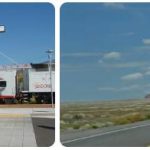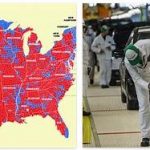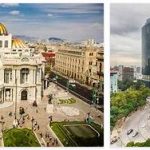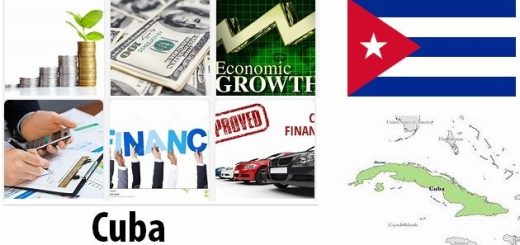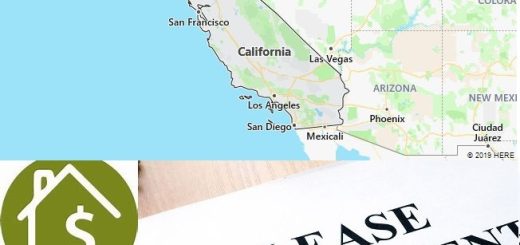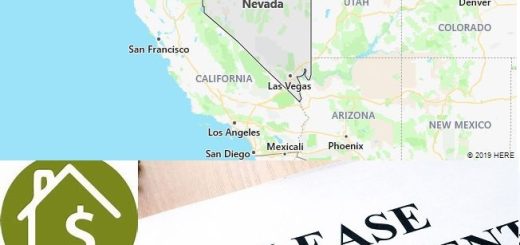New Mexico Tenant-Landlord Law
Federated state of the southwestern USA, 314,925 km², 1,954,599 residents (2006 estimate), 6 inhabitants / km², capital: Santa Fe. Borders: Colorado (N), Oklahoma (NE), Texas (SE), Arizona (W); Mexico (SW).
State Overview
New Mexico is characterized by a series of mostly arid plateaus and covered by sparse steppe or bushy vegetation; in the center there are some chains belonging to the Rocky Mountain system including that of the Sangre de Cristo (Wheeler Peak, 4011 m, maximum elevation of the state; Truchas Peak, 3993 m) and the Sacramento mountains (Sierra Blanca Peak, 3659 m). The ridges, oriented from N to S, divide the Rio Grande basin to W from those of its Pecos tributary and of the Canadian river (tributary of Arkansas) to E. The climate, steppe type N and desert type S, is characterized by strong temperature fluctuations and low rainfall (350 mm per year). Economic resources are agriculture (cereals, vegetables, fruit, cotton), practiced in river valleys or in irrigated areas, breeding (cattle, sheep, pigs), forestry and subsoil exploitation (uranium, oil, gas) ; the industry is mainly active in the chemical, petrochemical, food, wood, textile and mechanical sectors. Main cities, besides the capital, are Albuquerque, Las Cruces, Roswell, Clovis and Hobbs.
History
Originally part of the Spanish empire and, therefore (1821), of the Mexican Republic, it was acquired by the USA following the Mexican war (1846-48). Organized as a territory in 1850, from 1853 it also included, until 1863, the current state of Arizona and part of Colorado. The first part of its history was characterized by the Indian wars, in 1863 and between 1882 and 1886. It was admitted to the Union as a State in 1912. On July 16, 1945, the first atomic bomb was detonated at the Alamogordo air base experimental.
Below you will see top cities in New Mexico.
Santa Fe (New Mexico)
City (55.900 residents) and capital of the State of New Mexico (USA), 80 km NE of Albuquerque, 2118 m on the southern slope of the Sangre de Cristo mountains, to the left of the Rio Grande. Agricultural market (cereals, vegetables, fruit) and animal husbandry, is home to food and mechanical industries. Nearby, deposits of lead, zinc, gold, silver and coal. Tourism (summer holidays and winter sports) is favored by the presence of natural parks and Indian reserves around the city. § Founded around 1610 by the Spaniards (Villa Real de Santa Fe), it quickly became a commercial center being the terminal point to the west of the “Santa Fe runway” coming from the United States. Besieged (and occupied between 1680 and 1692) by the Pueblos Indians, the city was conquered by the Americans in 1846, during the war with Mexico, to which Santa Fe then belonged. § The city is one of the oldest urban centers in the USA. Characteristic is the Governor’s Palace (started in 1610), built in the Spanish pueblo style. The museum houses one of the most important international ethnographic collections.
Albuquerque
City (419,311 residents in 1998) of New Mexico (USA), located at 1507 m asl on the northwestern slopes of the Manzano mountains, to the left of the Rio Grande. Important node of road and railway communications, it is the most populous city in the state and the most economically active: the trade in agricultural products (cereals), livestock (wool) and timber is intense; there are numerous industries, especially in the food, mechanical, cement and petrochemical sectors, favored by the proximity of coal and hydrocarbon deposits; tourism is very flourishing, with Albuquerque being a well-equipped climatic health resort. § The city, one of the oldest in the USA, was founded in 1706 by some Spanish colonists, who called it San Felipe de Alburquerque in honor of Philip V of Spain, Duke of Alburquerque (the r later fell from the name of the city); in 1880, following the intense development of railway traffic, the modern city was founded next to the ancient nucleus. Albuquerque is home to the University of New Mexico (1889); nearby there are some Indian reserves, the Cibola National Park, the military bases of Kirtland and Sandia and a nuclear weapons research center.
Clovis
City (31,200 residents) of the State of New Mexico (USA), 280 km SE of Santa Fe, on the northern edge of the Llano Estacado, near the border with Texas. Railway hub, it is an agricultural and livestock market with processing industries. Airport. § The locality gave name to an aspect (also called of Llano) of North American prehistoric cultures, which flourished around the tenth millennium BC. C. Typical are the so-called Clovis points, lanceolate lithic artifacts, often with a slightly concave base, found associated with bison bones and the last American mammoths. Equally frequented were sometimes the periglacial environment regions where caribou hunting was practiced.
Hobbs
City (29,200 residents) of the State of New Mexico (USA), near the border with Texas, 155 km SE of Roswell. Agricultural and livestock market with petrochemical industries; nearby, oil fields. Airport.
N.M. – Ohio Landlord-Tenant Law
Recommends manuals and legal guides explaining the ins and outs of landlord-tenant law, and adds links to related, New Mexico resources.
Website: http://www.ohiolandlordtenant.com/nmexi.html
N.M. – Resources for Renters
Listings compiled by The Tenant Resource Directory include publications, organizations and services geared toward assisting renting consumers.
Website: http://directory.tenantsunion.org/new_mexico.html
N.M. – State Bar of New Mexico, Landlord-Tenant Law
State legal authority divulges basic information regarding New Mexico, real property leasing law. Survey links to other topics.
Website: http://www.nmbar.org/public/publicresources/lawtopics/landlo
N.M. – Territorial Laws, Chapter 47, Article 8
Filter through New Mexico’s statutes governing property law to locate text and legislative history of its Uniform Owner-Resident Relations Act.
Website: http://www.mv.com/ipusers/nhpoa/newmexico.htm

